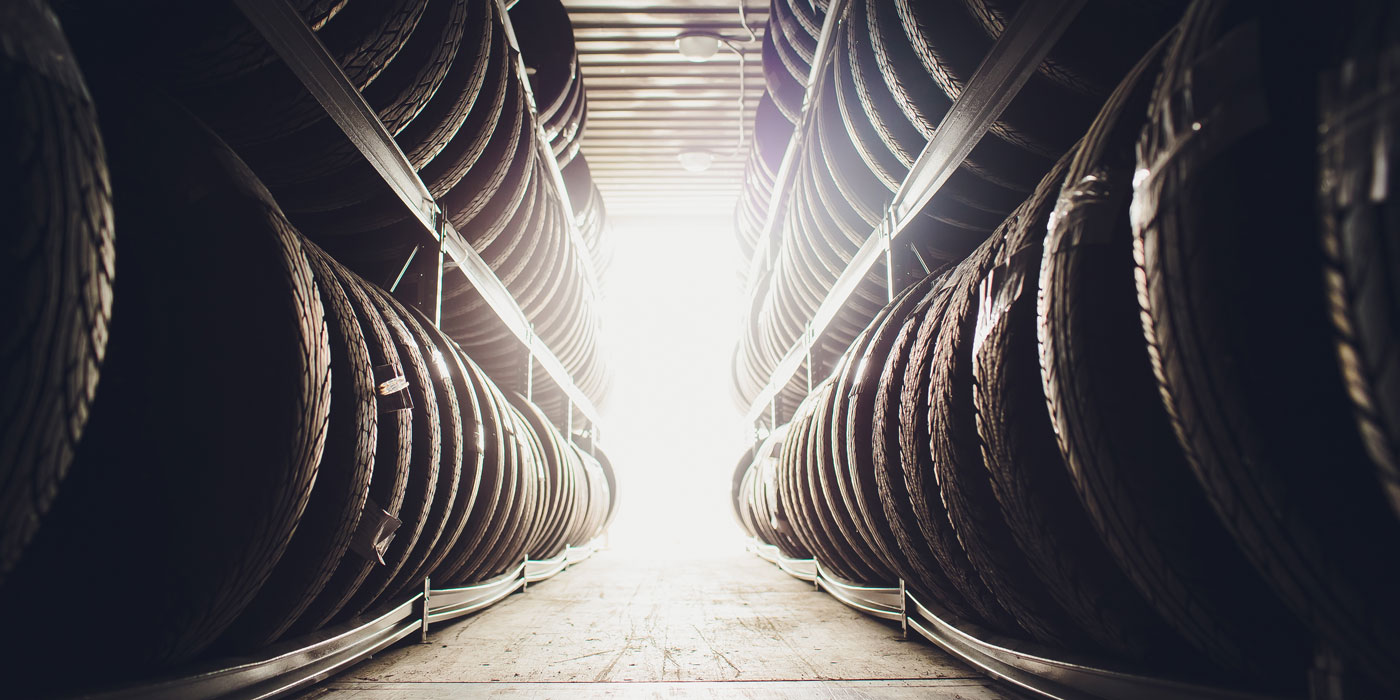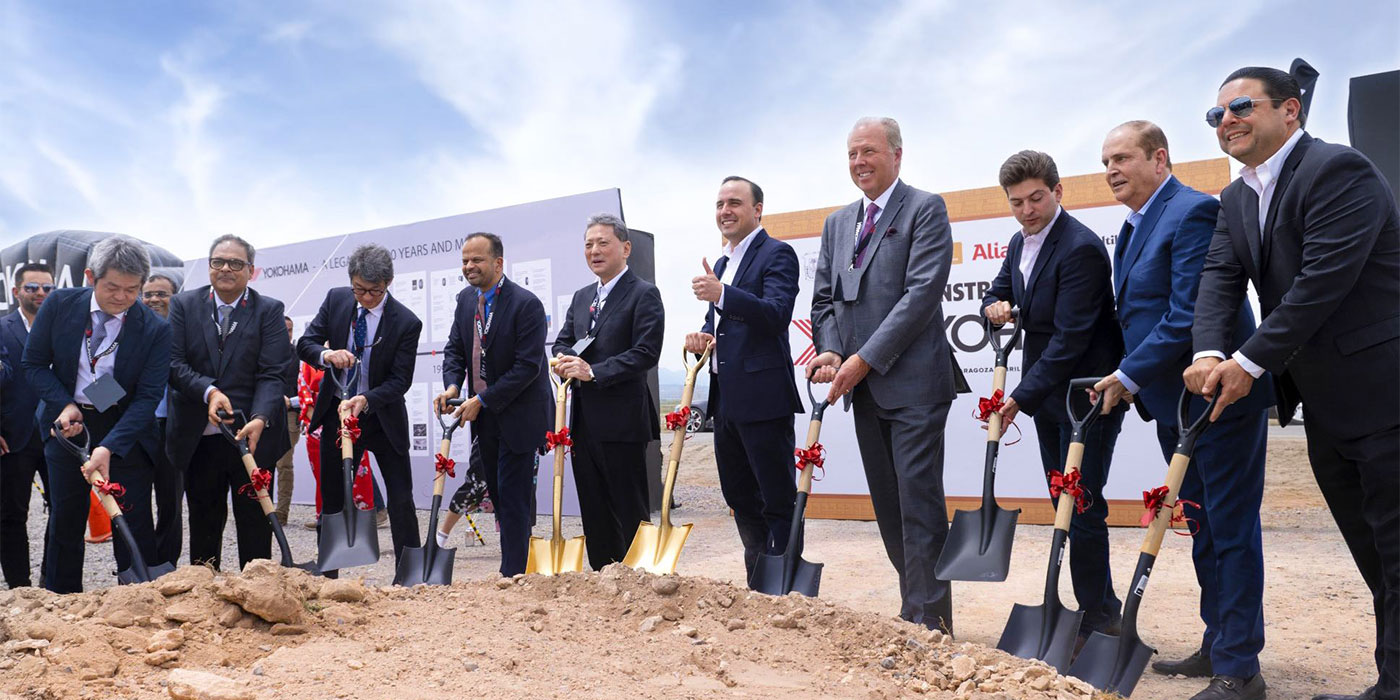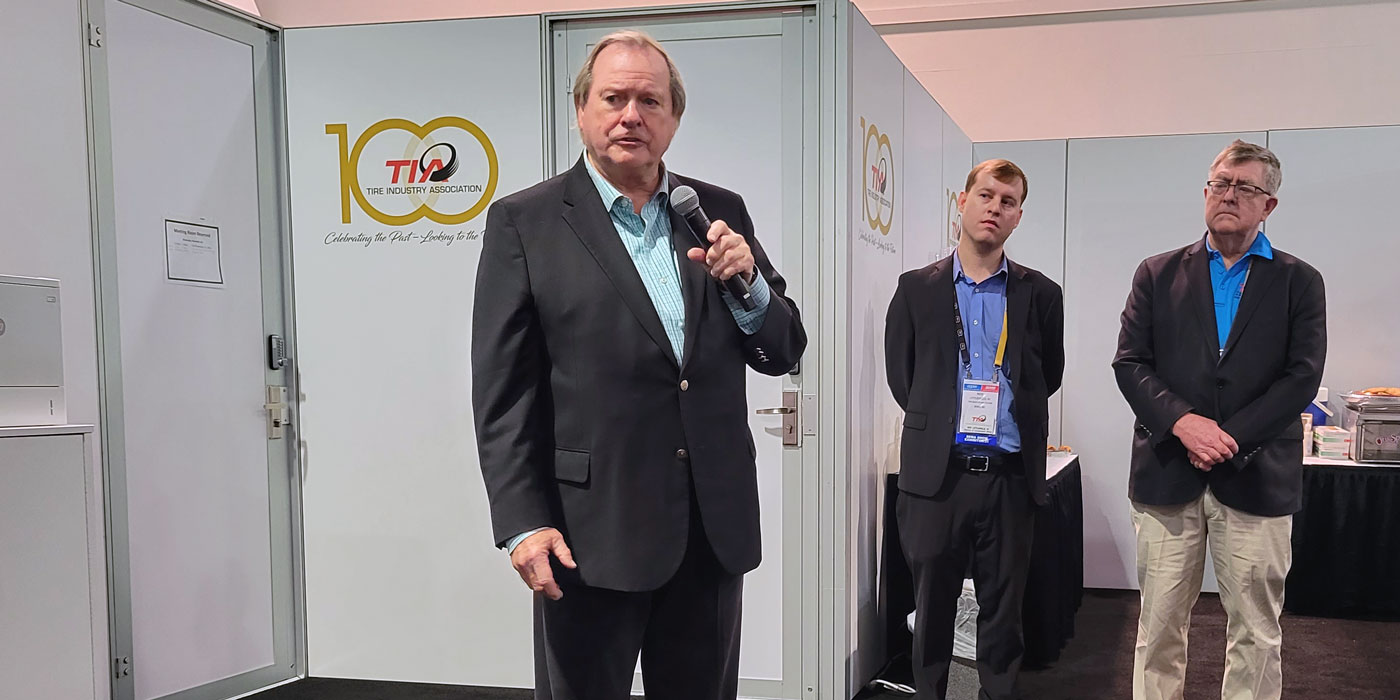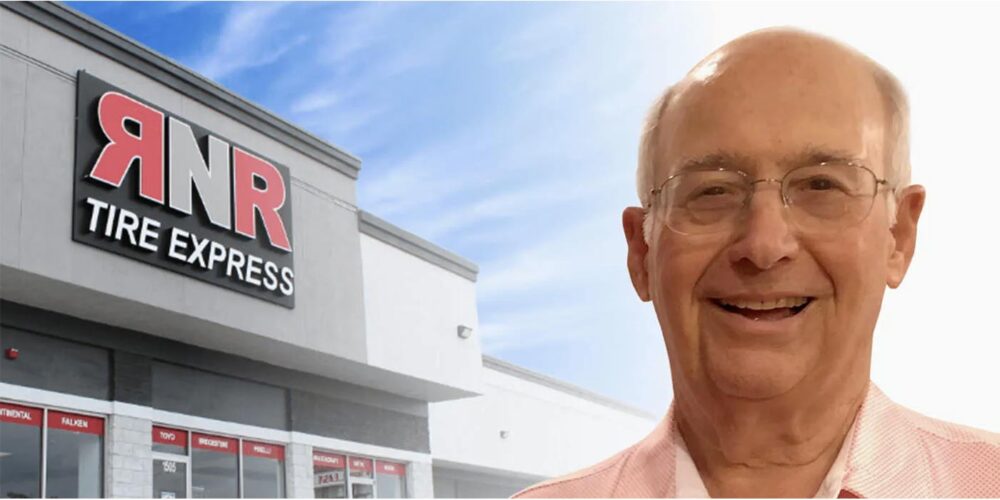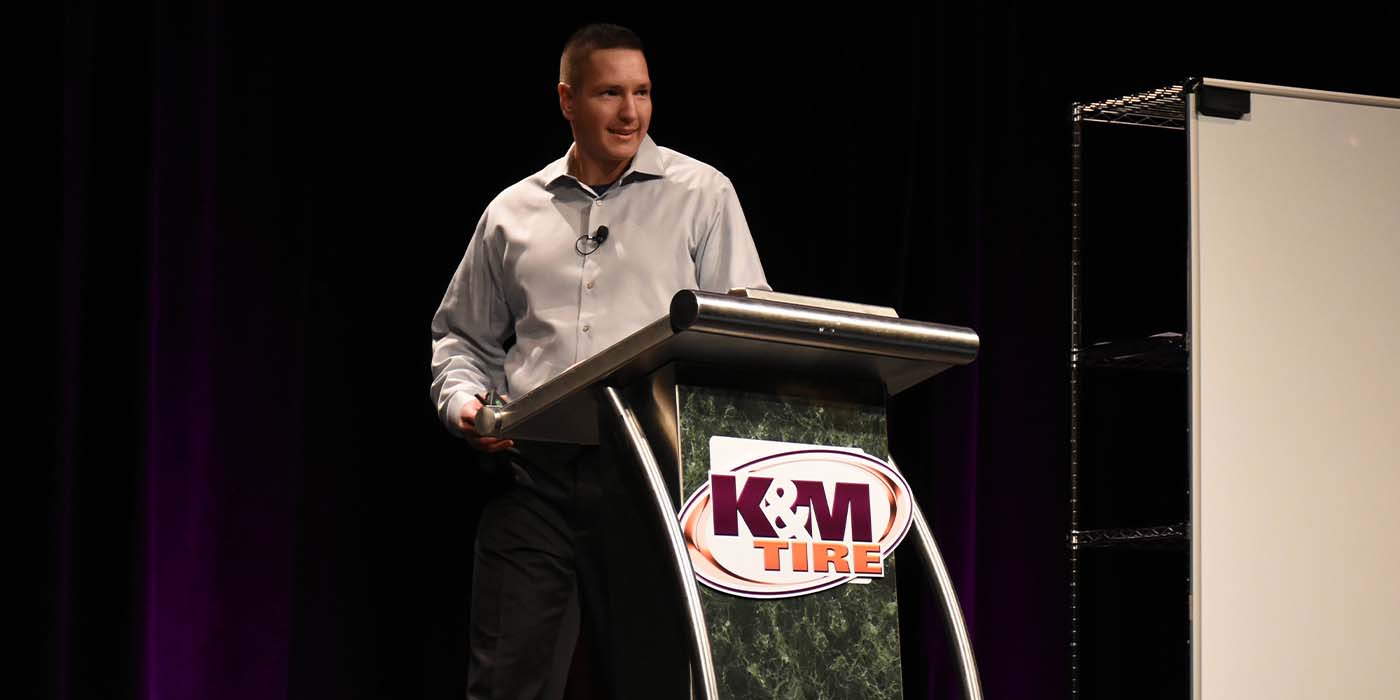In a recent media briefing, Continental market analyst Eulogio Sanz and product manager Peter Robb predicted that the 28 million-unit strong U.K. passenger car tyre market will split between those wanting economic and environmental performance and those who just want to go faster.
Tyre trends are inherently linked to vehicle design. And, as manufacturers have increased the number of model options and vehicle performance, tyremakers have had to make products that will support and improve the driving experience. So, when you consider that cars are now generally up to six times as powerful and twice as fast as they were in the 1950s, it’s no surprise that tyres are wider and larger than they have ever been before. And if the concept cars being displayed at motor shows around the world are anything to go by, this trend looks set to continue.
“Perhaps the most significant change…is the emergence of the high performance 4×4 market. Twenty years ago, 4×4 tyres were made for predominantly off-road use. Now, the vast majority of the 4×4 vehicles we see today are predominantly for use on-road. The 4×4 tyre market has risen by 216 per cent and speed rated tyres of H and above now account fro 58 per cent of tyre sales in this segment,” commented product manager, Pete Robb. This trend looks set to continue with new vehicles such as the BMW X5 (255/55 R19) and Range Rover Sport (on 275/40R20) receiving strong reviews.
As cars (and 4x4s) have got heavier and more powerful, and as the number of heavier diesel engine vehicles on the road has risen, increased pressure has been put on vehicle braking systems. In order to assist in this issue, automotive companies have opted for bigger brake discs, which in turn dictate larger wheel rims, which means larger diameter tyres.
2006 was the first year on record when a 17-inch tyre made it into the top-10 list of most popular sizes. It was also the first year that 18-inch size made it into the top 30. And, while these sizes are exceptions, 15 and 16-inch sizes dominate. When compared with the situation eight years ago, the progression is clear.
But there is a roadblock. The only obstacle in the path of this exponential curve of performance related tyre development is consumers’ simultaneous demand for increased economy (due to high fuel prices) and governmental pressure for more environmentally conscious driving (in the form of carbon and NOx limiting legislation).
In order to help them reduce emissions tyre manufacturers can only really address two key areas – weight and rolling resistance. And, as the weight of the component affects its rolling resistance, the two characteristics are interlinked. Removing the spare tyre and running on albeit heavier reinforced sidewall tyres is one answer. Taking this route makes the use of tyre pressure monitoring systems (TMPS) necessary. And, this in turn has the knock-on effect of raising drivers’ awareness of tyre pressure, therefore helping to ensure that tyres run at the correct pressure and therefore optimum rolling resistance.
As the easiest way for tyre manufacturers to reduce weight is to abandon the spare tyre, cars that don’t fit run-flats will increasingly use inflate and seal options such as Continental’s ContiComfortKit.
One mechanism to reduce the rolling resistance of a tyre is to employ a hard tread compound. This also generally provides higher mileage potential. But when it comes to wet handling, the tyre needs a much softer, grippy tread. The same paradox comes into play regarding noise levels. Last year, the UK introduced legislation that required all new cars to be fitted with ECE noise-approved tyres, although the government is not prepared to compromise on wet braking performance. Wet grip means a tread pattern with plenty of grooves and sipes for efficient water dispersion – the same features that produce a noisy tyre.
Continental representatives suggest that there will need to be even closer future collaboration between tyre designers and automotive system manufacturers on areas such as ABS, TPMS and intelligent tyres. Continental Tyres has the unique advantage of being able to share technological expertise with sister company, Continental Automotive Systems.
The other options open to tyre manufacturers for reducing rolling resistance are to develop better compounds and to use narrower tyres. And, as using narrower tyres flies in the face of the consumer trends and is certainly not suitable for all vehicles, it is unlikely that this approach will have a major impact.
So, while governments, manufacturers and a certain section of the driving public want lower rolling resistance, consumer trends show that drivers prefer SUV-style designs and increasingly powerful cars. This is what Continental calls the “production priority paradox.” In the meantime, while manufacturers like Continental spend millions on research and development aimed at continuously countering the paradox, the market may split along performance/economy-environment lines.
As recent debates regarding the reparability of run-flats, and the use of logistics suppliers (leading on from the increased volume of part numbers) have shown, trends affecting tyre production affect everyone involved in the trade.



